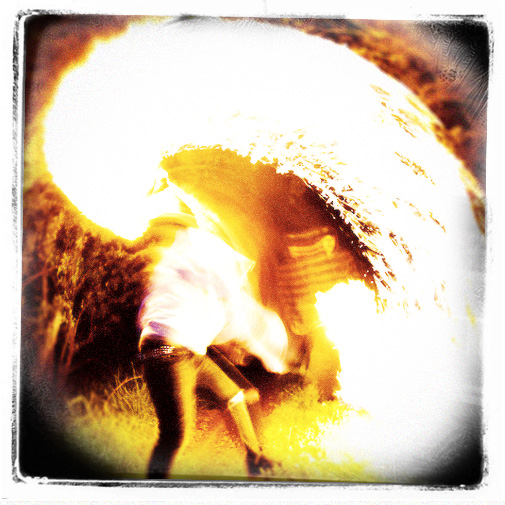

If it is on the same plane of existence, you can summon that weapon as a bonus action on your turn, causing it to teleport instantly to your hand. Once you have bonded a weapon to yourself, you can’t be disarmed of that weapon unless your are incapacitated. The weapon must be within your reach throughout the ritual, at the conclusion of which you touch the weapon and forge the bond. You perform the ritual over the course of 1 hour, which can be done during a short rest. You learn a ritual that creates a magical bond between yourself and one melee weapon you have proficiency with.
A martial melee weapon, and two daggers. (a) an explorer's pack or (b) a scholar's pack. (a) a light crossbow and 20 bolts or (b) any simple weapon. You start with the following equipment, in addition to the equipment granted by your background: Skills: Arcana, and two from Athletics, History, Insight, Intimidation, Investigation, Perception, Persuasion. Saving Throws: Constitution, Intelligence. Weapons: Simple weapons, shortswords, longswords, greatswords, rapiers, scimitars. Hit Points at Higher Levels: 1d10 (or 6) + your Constitution modifier per swordmage level after 1st. Hit Points at 1st Level: 10 + your Constitution modifier. Any spell you know that appears on both the warlock spell list and the swordmage spell list can be cast using either a warlock spell slot or a swordmage spell slot.Īs a swordmage, you gain the following class features. If you have both the Pact Magic class feature from the warlock class and the Blade Magic class feature from the swordmage class, your warlock spell slots and spell level are separate and independent from your swordmage spell slots and spell levels. If you have both the Spellcasting class feature and the Blade Magic class feature from the swordmage class, you can use the spell slots you gain from the Blade Magic feature to cast spells you know or have prepared from the classes with the Spellcasting class feature, and you can use the spell slots you gain from the Spellcasting class feature to cast swordmage spells you know. My overall suggestion, don’t nerf it, your best case scenario is about nearly as good as other best-case spells at that level (Other things at that level that worry me more: 2x Banishment, 4x Hold Person, Animate Objects, Synaptic Static, Scrying, Wall of Force).Sword Bond, Unarmored Defense, Swordmage WardingĪbility Score Minimum: Constitution 13 and Intelligence 13 In either case, there are actual tradeoffs here, and an excessive amount of in one direction is often mitigated.Īnd at the top of the day, players dealing more damage or hitting more often are the smallest amount of my concerns once I attempt to make compelling and difficult combat for my players. 
Alternately if your combats tend to possess fewer stronger monsters then Holy Weapon looks tons better. If you simply have 1 combat therein hour, Holy weapon looks pretty bad, if your cleric doesn’t just hide every round it creates a sub-objective for the monsters which may be fun and also reduce the facility, if your ranger misses attacks (Though admittedly at level 9 I assume players always hit) then it starts to seem worse. At the top of every Ofits turn, a blinded creature can make a Constitution saving throw, ending the effect on itself on a hit. On a successful save, a creature takes half the maximum amount of damage and isn’t blinded. On a failed save, a creature takes 4d8 radiant damage, and it’s blinded for 1 minute.

As a bonus action on your turn, you’ll dismiss this spell and cause the weapon to emit a burst of radiance.Įach creature of your choice that you simply can see within 30 feet of you wants to make a Constitution saving throw. If the weapon isn’t already a magic weapon, it becomes one for the duration. Additionally, weapon attacks made with it deal an additional 2d8 radiant damage on successful.

Until the spell ends, the weapon emits bright light during a 30-foot radius and dim light for a further 30 feet. You imbue a weapon you touch with holy power.








 0 kommentar(er)
0 kommentar(er)
